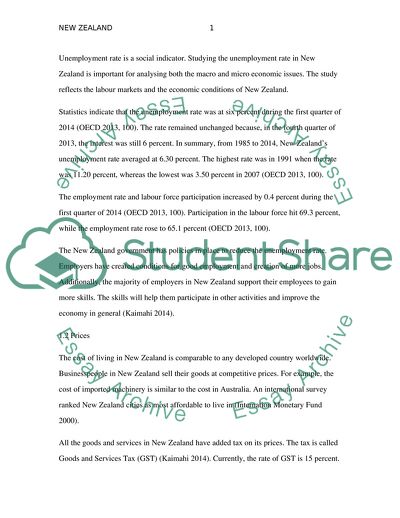Cite this document
(New Zeland Essay Example | Topics and Well Written Essays - 1750 words, n.d.)
New Zeland Essay Example | Topics and Well Written Essays - 1750 words. https://studentshare.org/macro-microeconomics/1833596-new-zeland
New Zeland Essay Example | Topics and Well Written Essays - 1750 words. https://studentshare.org/macro-microeconomics/1833596-new-zeland
(New Zeland Essay Example | Topics and Well Written Essays - 1750 Words)
New Zeland Essay Example | Topics and Well Written Essays - 1750 Words. https://studentshare.org/macro-microeconomics/1833596-new-zeland.
New Zeland Essay Example | Topics and Well Written Essays - 1750 Words. https://studentshare.org/macro-microeconomics/1833596-new-zeland.
“New Zeland Essay Example | Topics and Well Written Essays - 1750 Words”. https://studentshare.org/macro-microeconomics/1833596-new-zeland.


